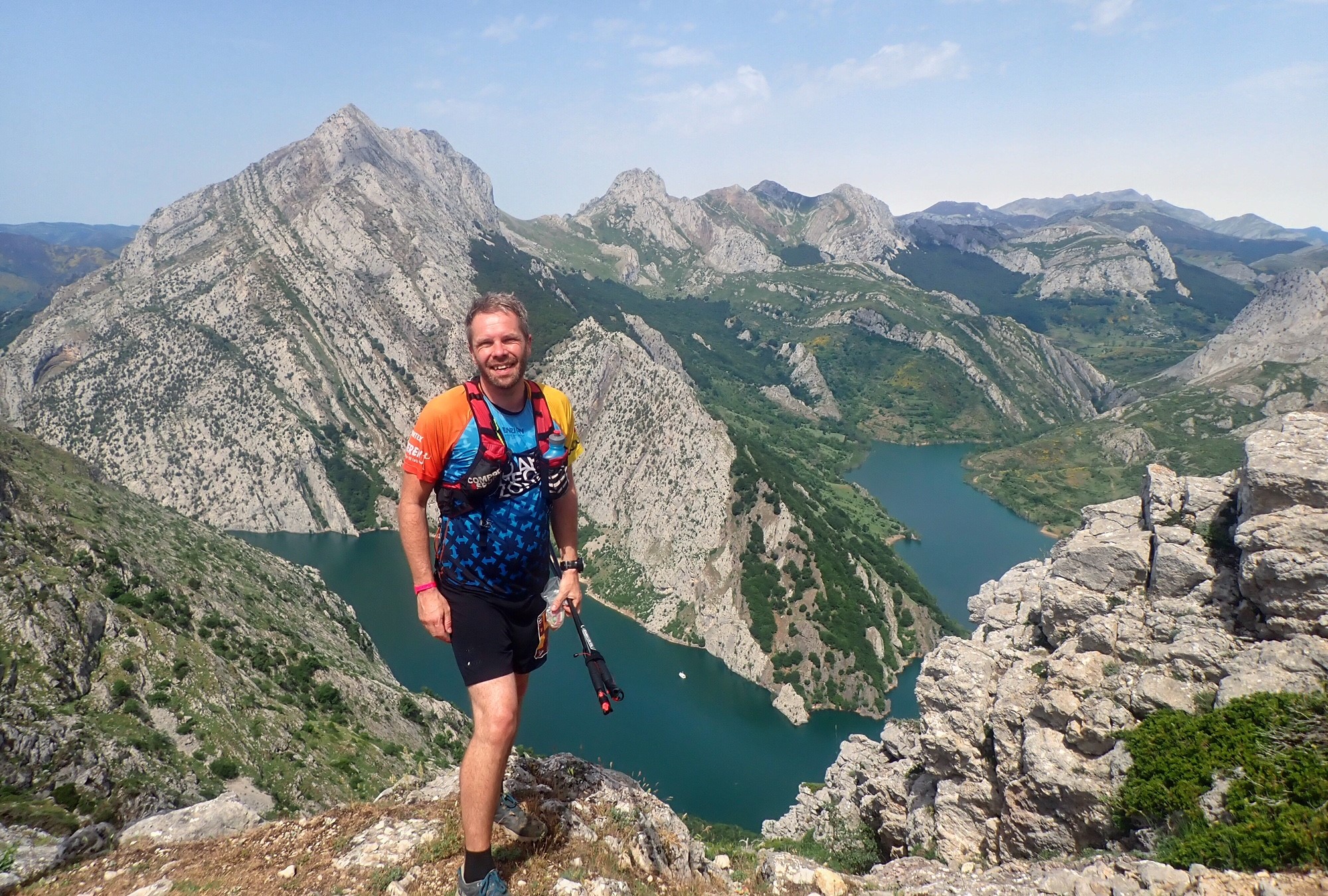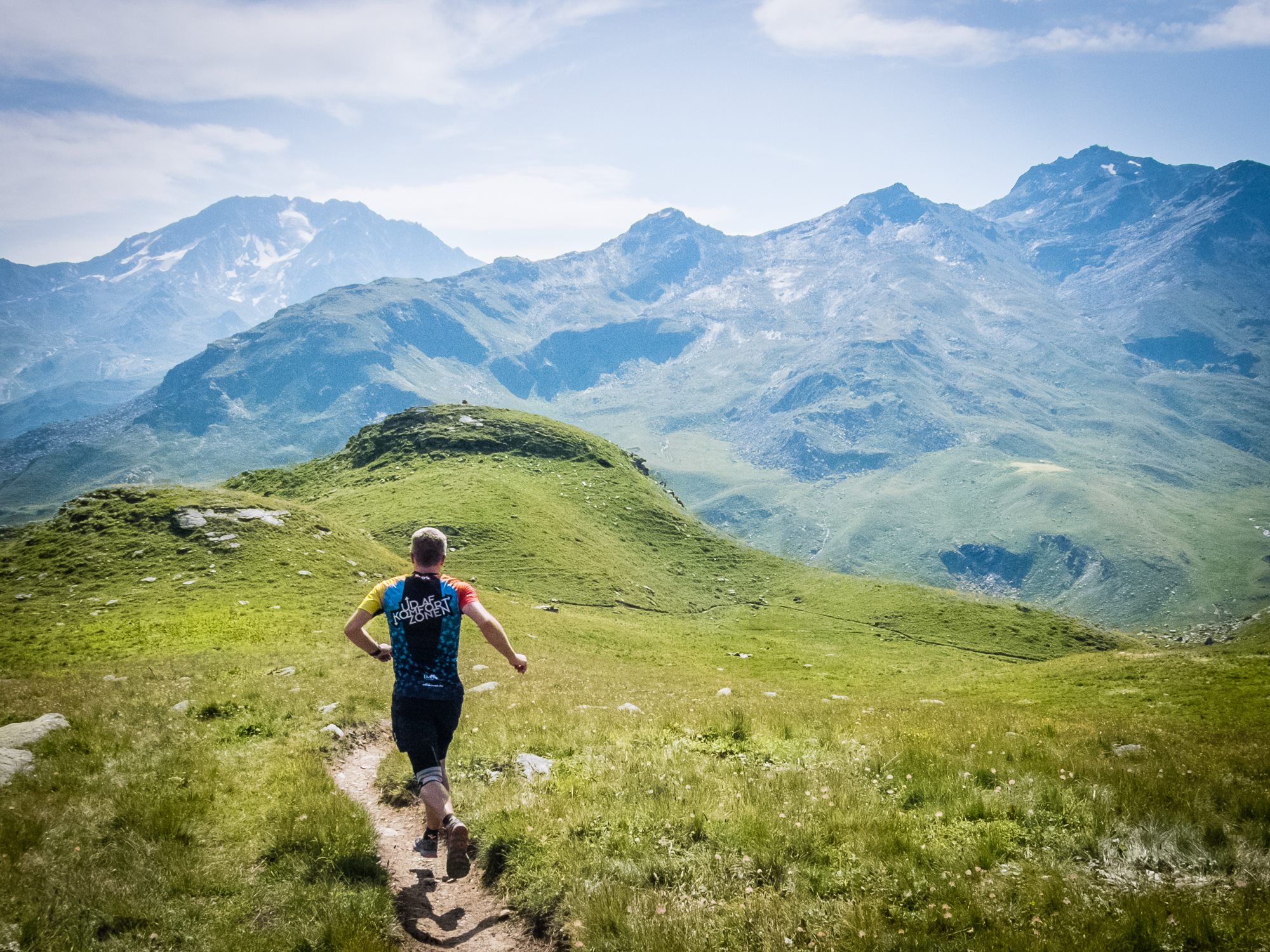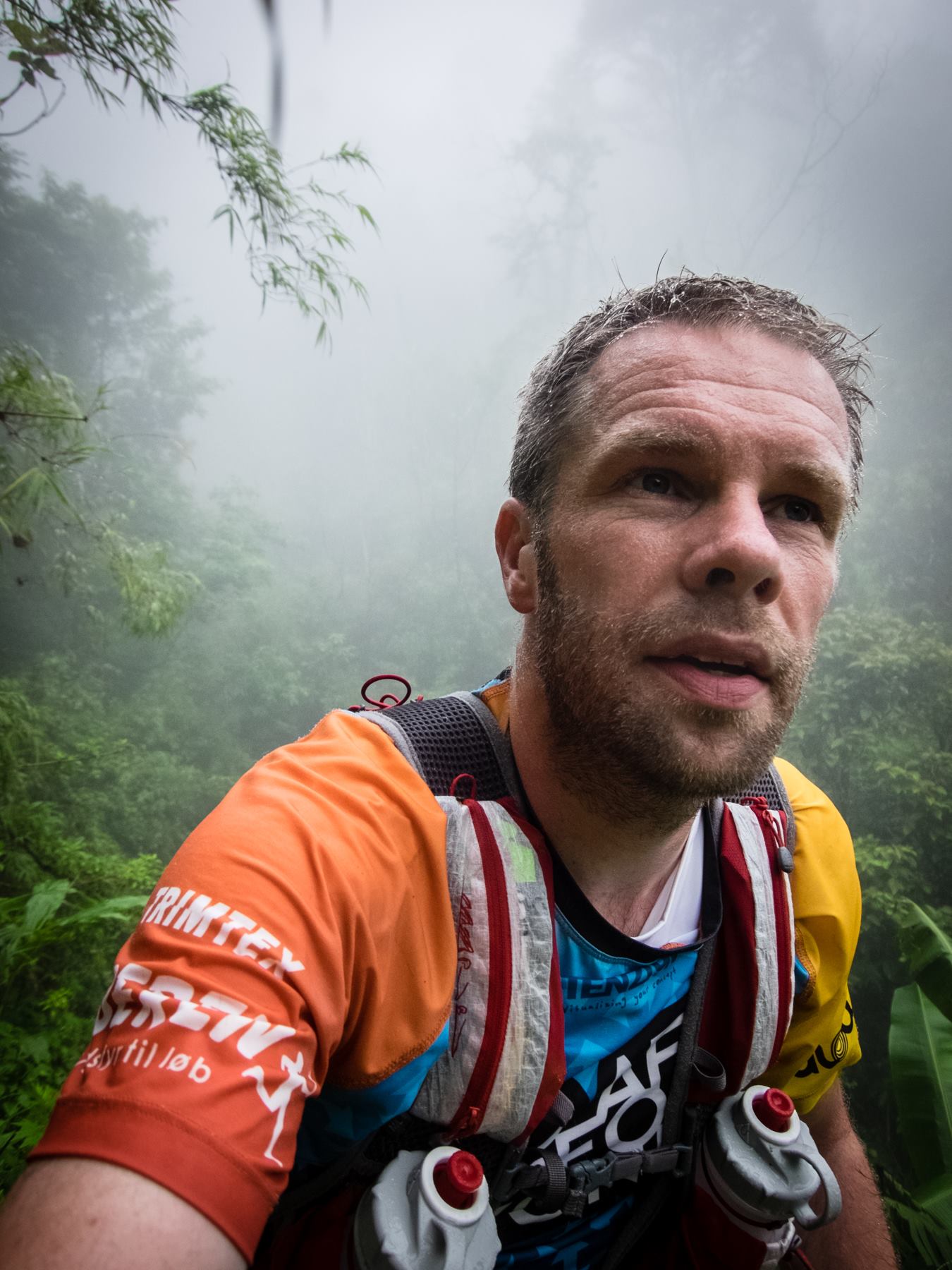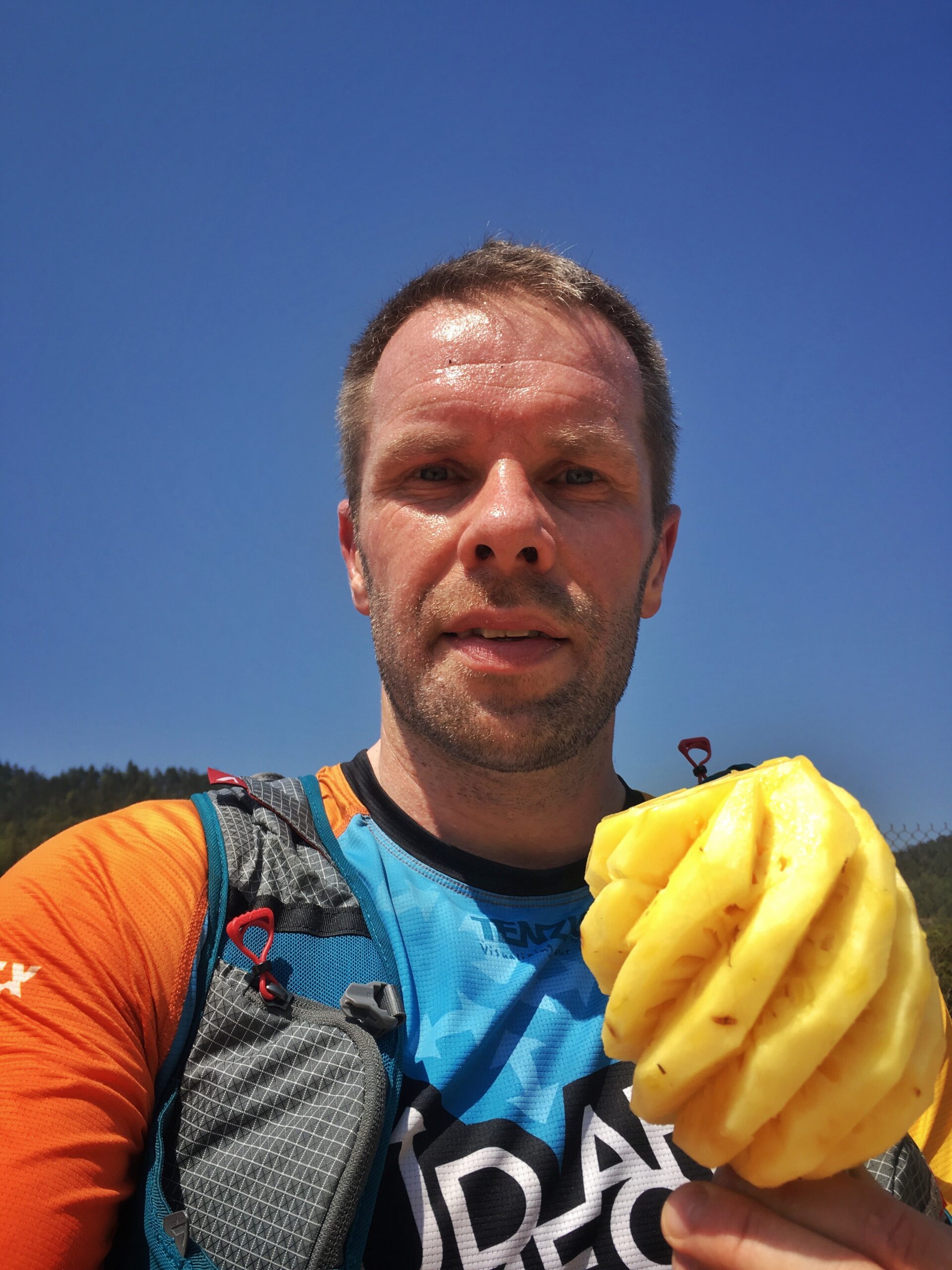If you have signed up for Vietnam Mountain Marathon, or indeed another 100-mile race, you need to be prepared and then execute a good strategy on race day. Here, ultra runner and Topas team member Henrik Leth Jorgensen gives some advice based on his extensive ultra running experience.


Before I go into detail, we can sum up my main points in two categories: Before The Race and During The Race.
Before the race you need to:
- Train well
- Test your equipment and food
During the race I recommend you:
- Focus on a steady heart rate, avoiding spikes
- Only use equipment you know well
- Eat and drink well
- Give yourself some treats
- Keep a reserve for unforeseen challenges
Start steady, finish strong - Beware downhill fun
BEFORE THE RACE
Train well
This alone could be an entire blog post or indeed website, but I’ll keep it short here. The best option is to find a coach that can help you set up a training schedule that takes a closer look at you, your daily calendar, and your training possibilities and matches them with the requirements of the race.


The key is that your own calendar and daily life have a huge influence on how and when training is best for you. Moreover, the race location terrain might be completely different to your training area. Taking all this into account before starting to train for a specific race will largely increase your possibility of success.
Test your equipment and food
A 100 miles foot race in the mountains requires way more equipment than a 10 mile training run.
Plan ahead and make sure you have had several training sessions with the exact backpack, poles, shoes, hat, socks, sunglasses, top, etc that you will use on the big days.
By doing this, you will know how to unpack/pack your poles and stove them away; you’ll know all your gear feels good; and you’ll know how you want to pack your bag and carry your liquid at the race.
You will (hopefully) know if chafing occurs due to the race vest, shoes or indeed in other areas. You can help to avoid this by using tape or anti chafing cream.
You need to carry your own food/energy, so find something your stomach handles well and that you like to eat.
Be aware that 12 hours into a 100 mile race you might have an entirely different view on which food is nice!
It is often better to bring different types of energy so you have options, but remember you should have tested them before race day.
For example, small wine gums or dried fruit may be easier to eat than energy bars.
Be aware that gels can have a taste or feeling you do not really like when you are exhausted.
Energy powder for drinking is the most weight efficient solution, but it can be messy to handle on the track when refilling the bottles.
DURING THE RACE
Race day is here and now you can’t change your training anymore. You have what you have in your legs. This is not the time to feel unhappy about training that didn’t go completely as planned. You can still do some things to optimise your race day performance and you should focus on those.
Steady heart rate
Forget about minutes per kilometre pace. This will vary, and often by much more than you can imagine, even if everything is going very well.
To be able to run, even in the last kilometers, you need to avoid spikes in heart rate. A stable heart rate well below your red zone is the goal.
Slow down on uphills – they will be long and demanding.


Only use known equipment
Using new and untested equipment on race day can lead to chafing or frustrating experiences like not knowing how to pack poles back in your backpack or water bottles that do not work like you hoped.
This tip sounds obvious, but you might be surprised how many runners pick up something new to wear or use at the race expo, then have a nasty surprise on course when it does not suit them.
Make sure your shoes have done some kilometres, but have plenty left to withstand the beating from the race.
Eat and drink well
Your head and body performs at its best when hydration and energy comes in small amounts and often.
It is better to drink small sips of water every 10 minutes than large amounts every 30 or 45 minutes.
The same applies for energy, but here the suggestion would be every 20-25 minutes.
It is very easy to forget to eat during a 100 miles race – have a strategy to ensure this does not happen.
Give yourself some treats
Break the race into stages. It could be for each aid station, or every few km, or other markers – whatever you choose, create smaller goals. .
Make a plan for some treats you allow yourself to have. Use the drop bags. Treats could be special food/candy, music or new shoes and socks.
Maybe you enjoy running with music and usually use it on the whole run. Saving it for later will give you something to look forward to and give you an added lift later on.


Keep a reserve for unforeseen challenges
As long as everything is going well, you should be able to keep some energy in reserve.
If things go wrong, for example your water bottle starts leaking, you take a wrong turn, your poles break, it starts to rain, or any manner of other things, you will then have a reserve to keep you going.
If you are at your limit early on, even small unexpected things can break you either physically, mentally, or both.
Start steady, finish strong
Moreover, starting off too fast will almost certainly lead to huge decrease in speed in the second half of the race.
Running 100 miles is not like running 100 km, plus a little extra! It is a totally different ball game.
Setting off with a mindset of running smoothly will hopefully help you keep the pace down in the first half so you can keep running and not grind to a slow walk or even a standstill.
Beware downhill fun
Downhill running can be fun and fast. But be aware of downhills beating your thighs and toes.
Uphill is almost always possible, no matter how tired you are and you hopefully won’t lose massive amounts of time.
However, on the downhills, with legs that have taken too much beating, or toes that hurt from hitting the front of the shoes, you can suffer huge time losses.
So, remember to spare your legs and feet/toes for the last part of the race, no matter how much fun it feels during the early stages to hammer fast down the descents!
Learn more: 100 Miles Tips from Ultra Running Veterans



